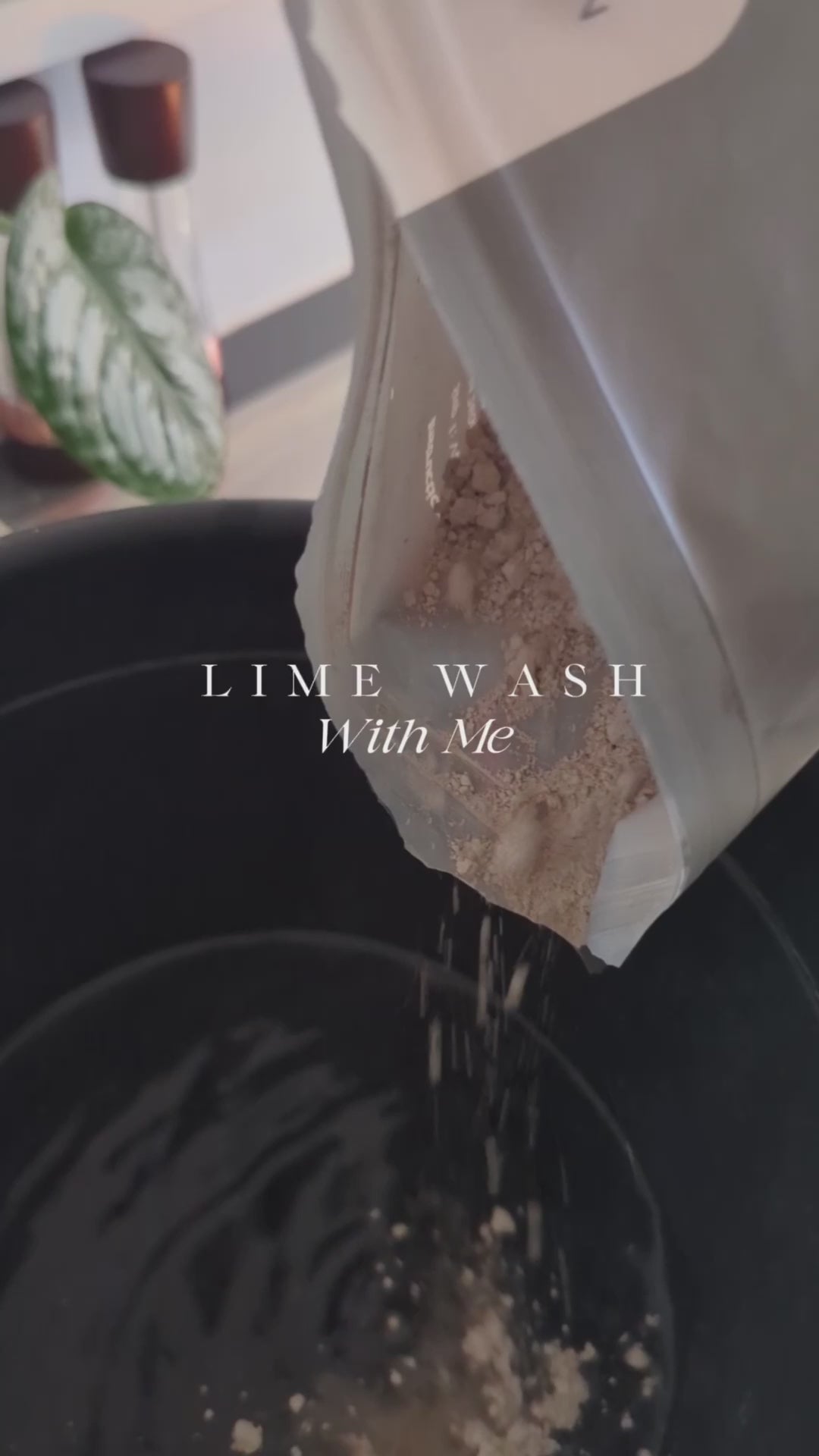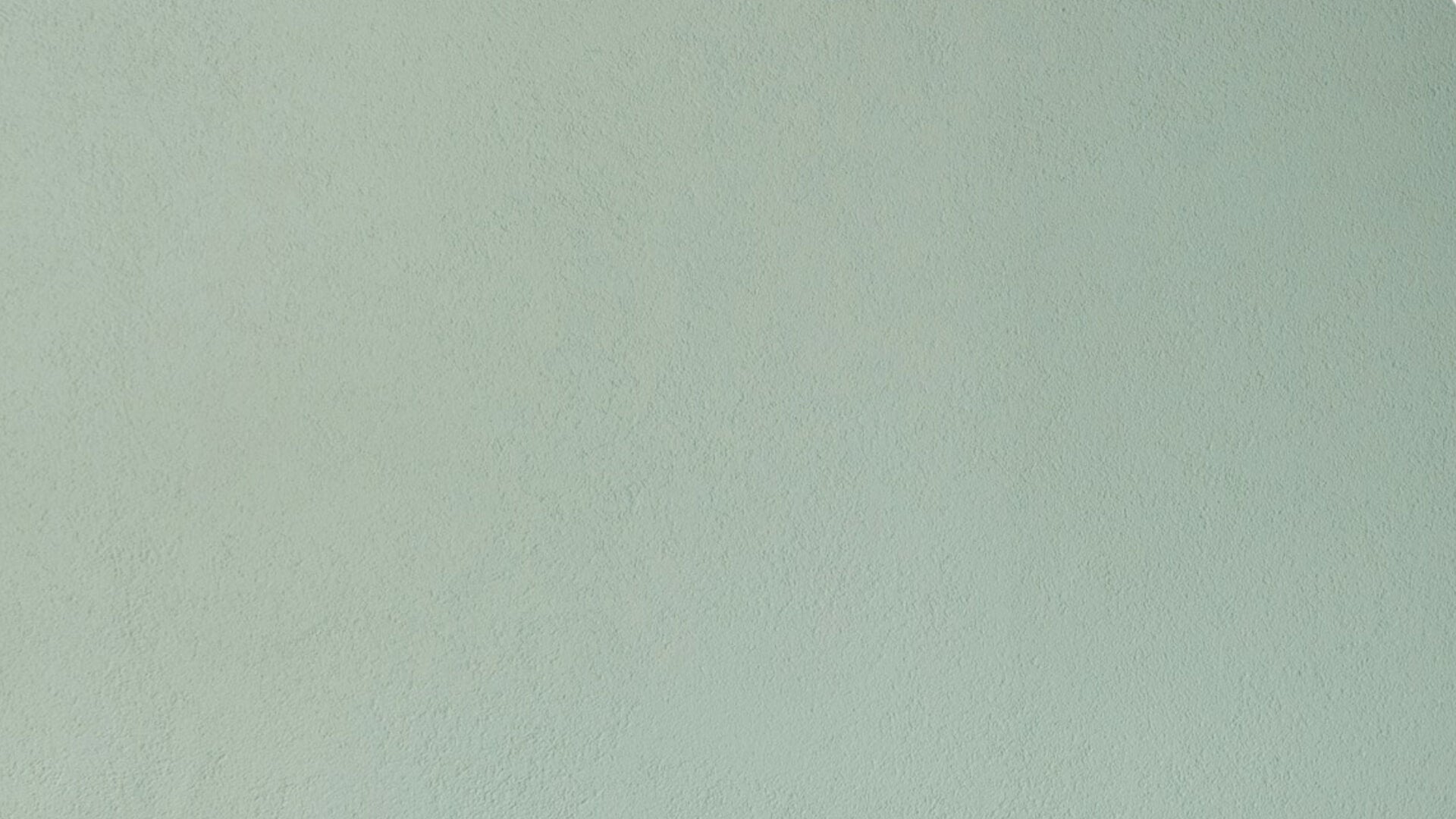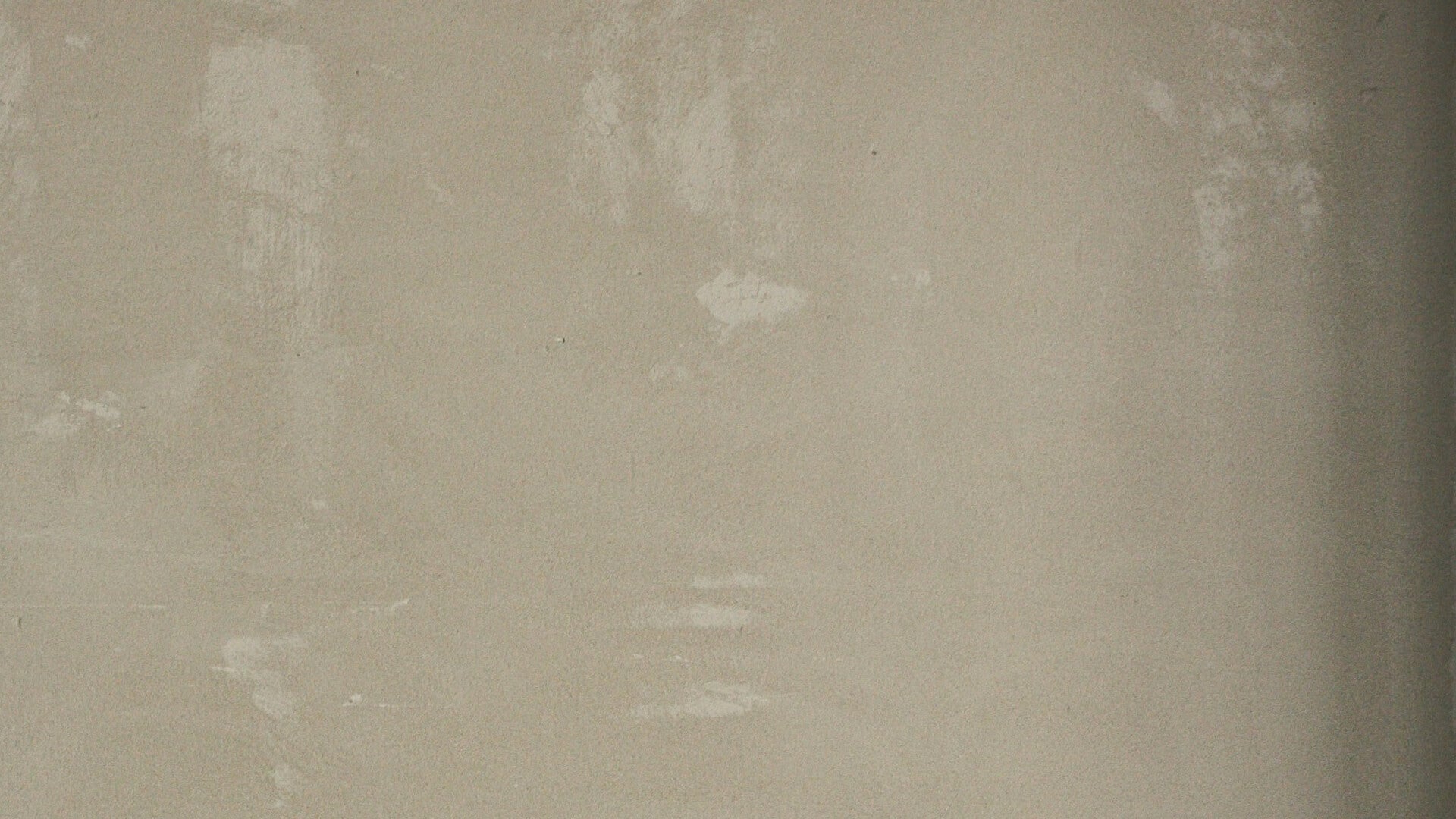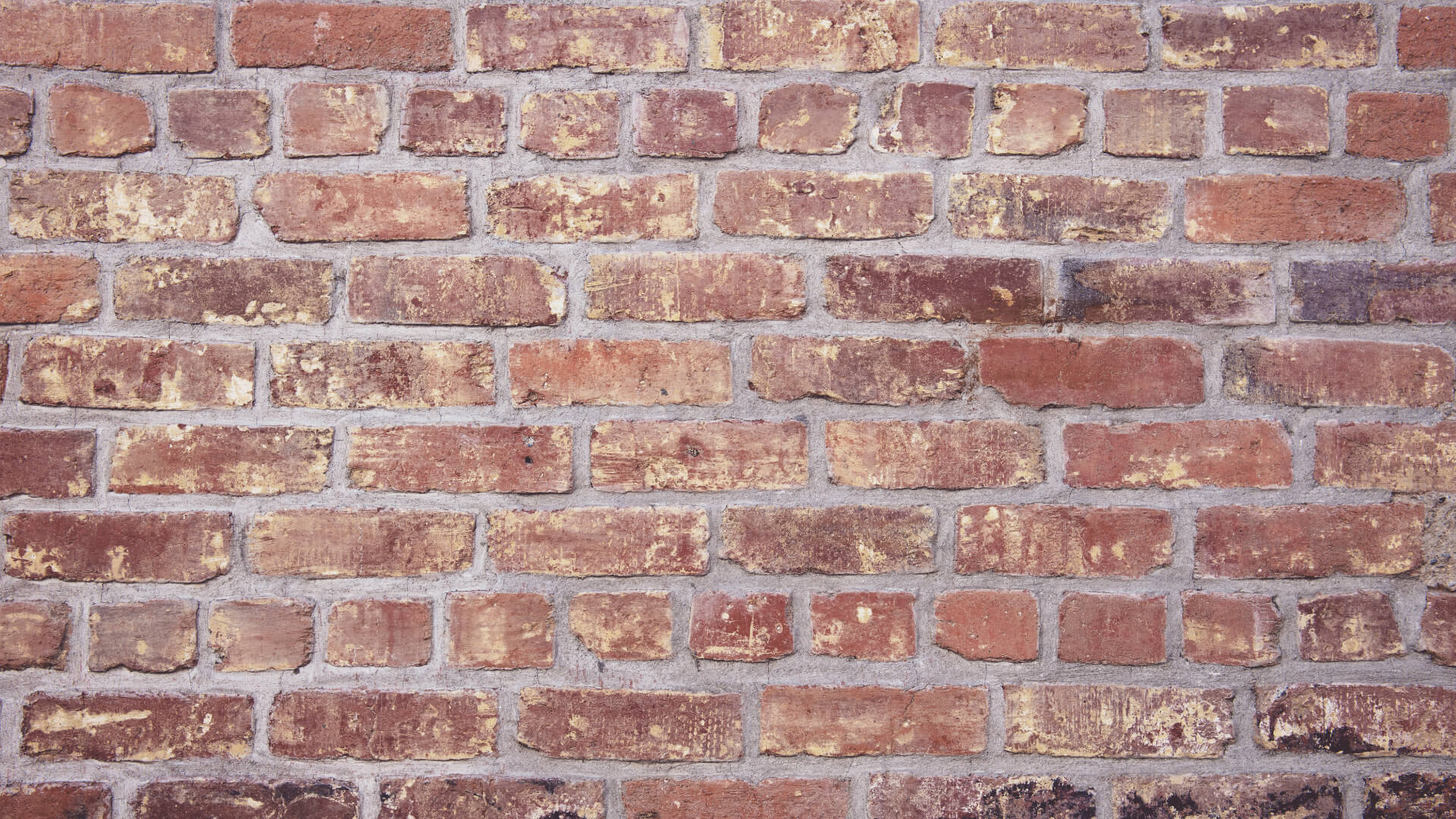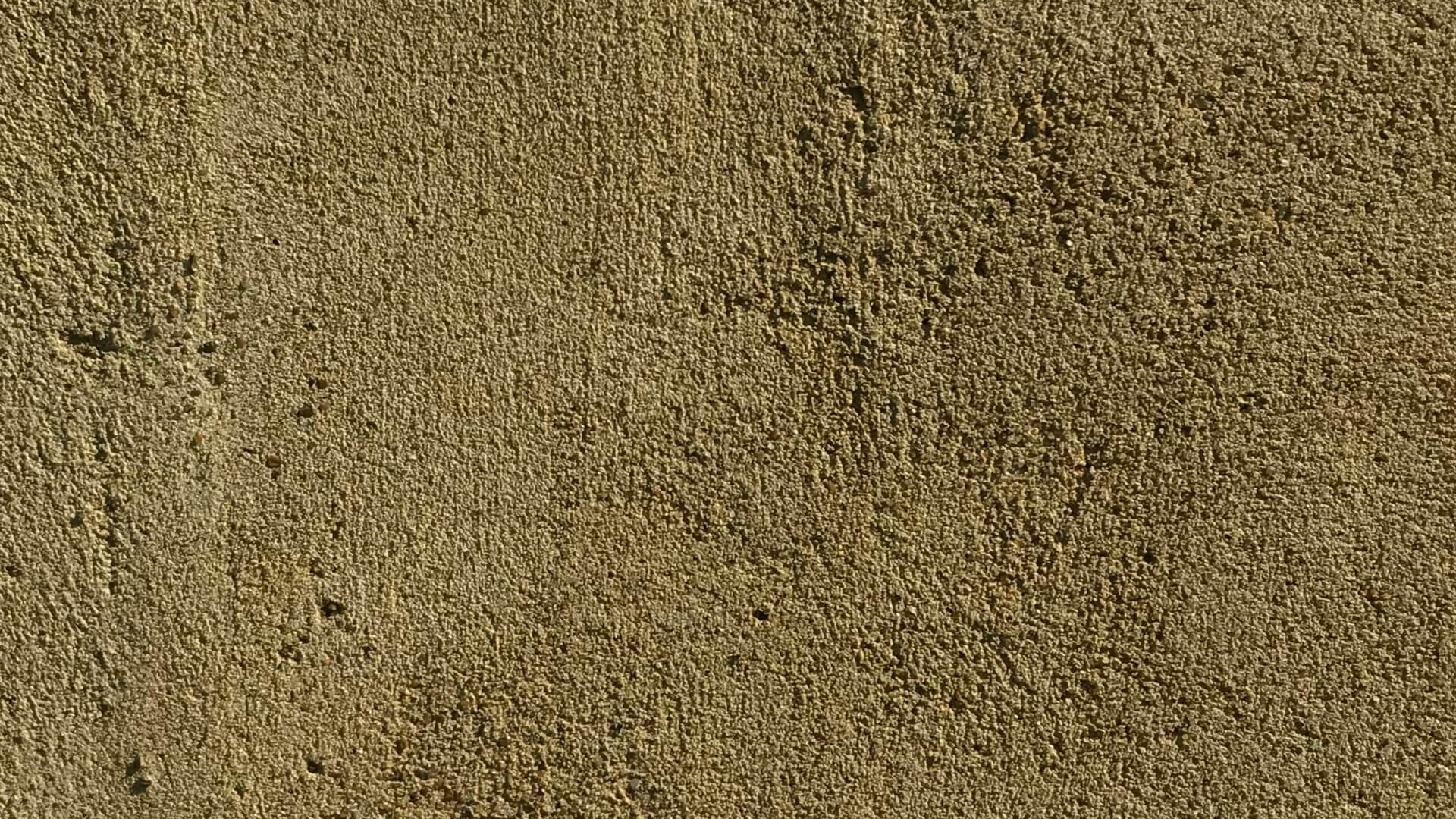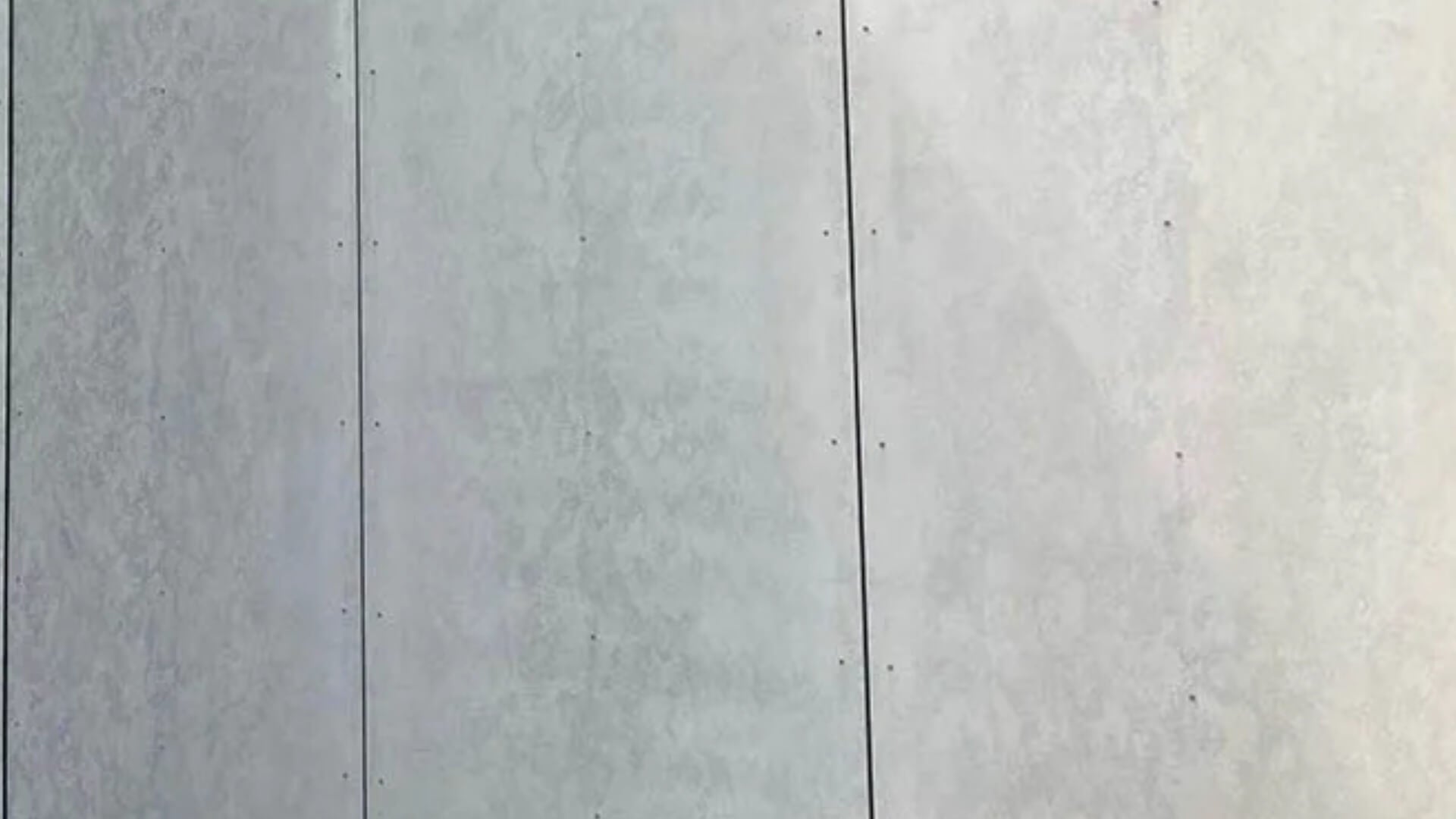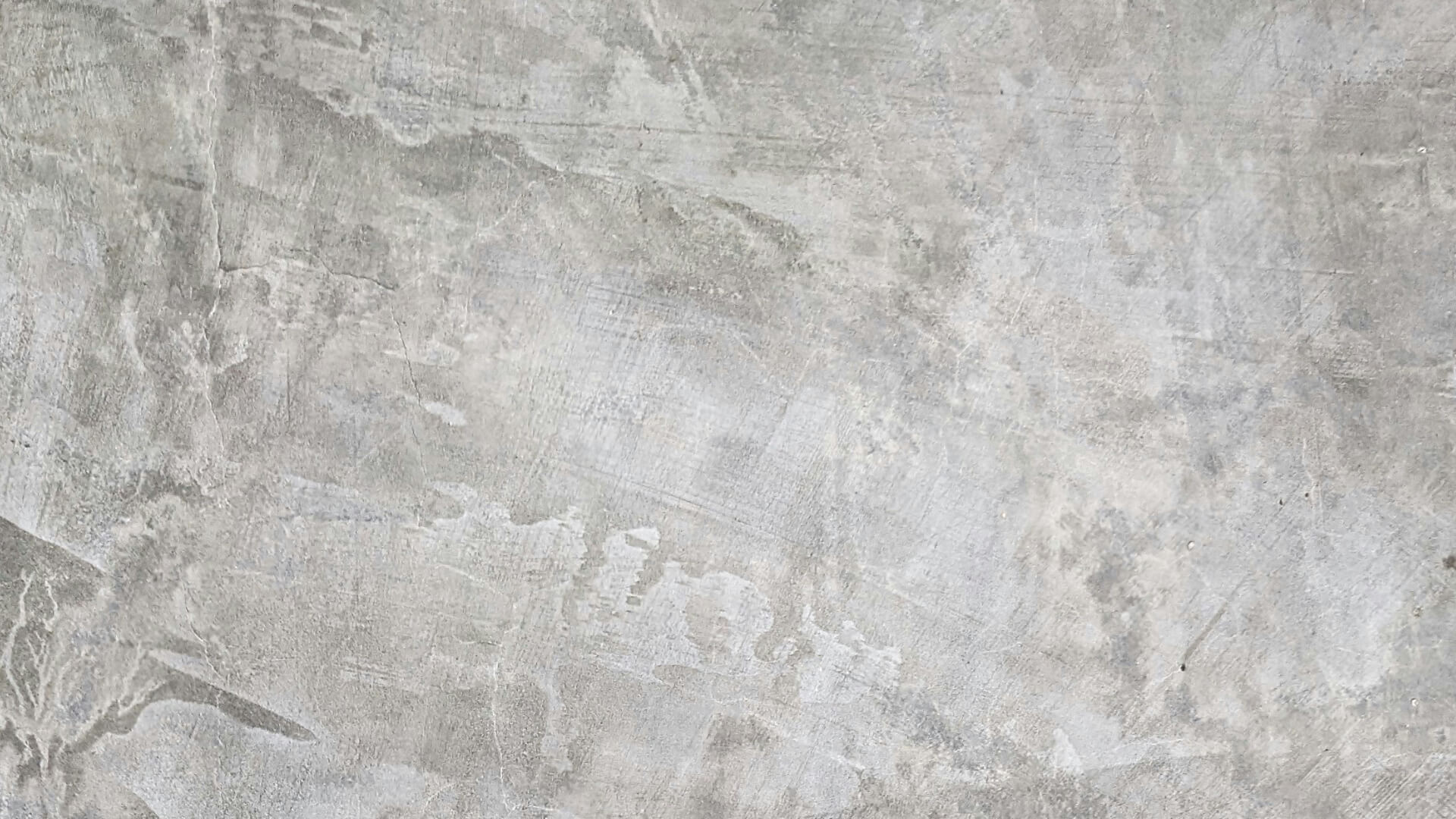Apply our limewash in three easy steps
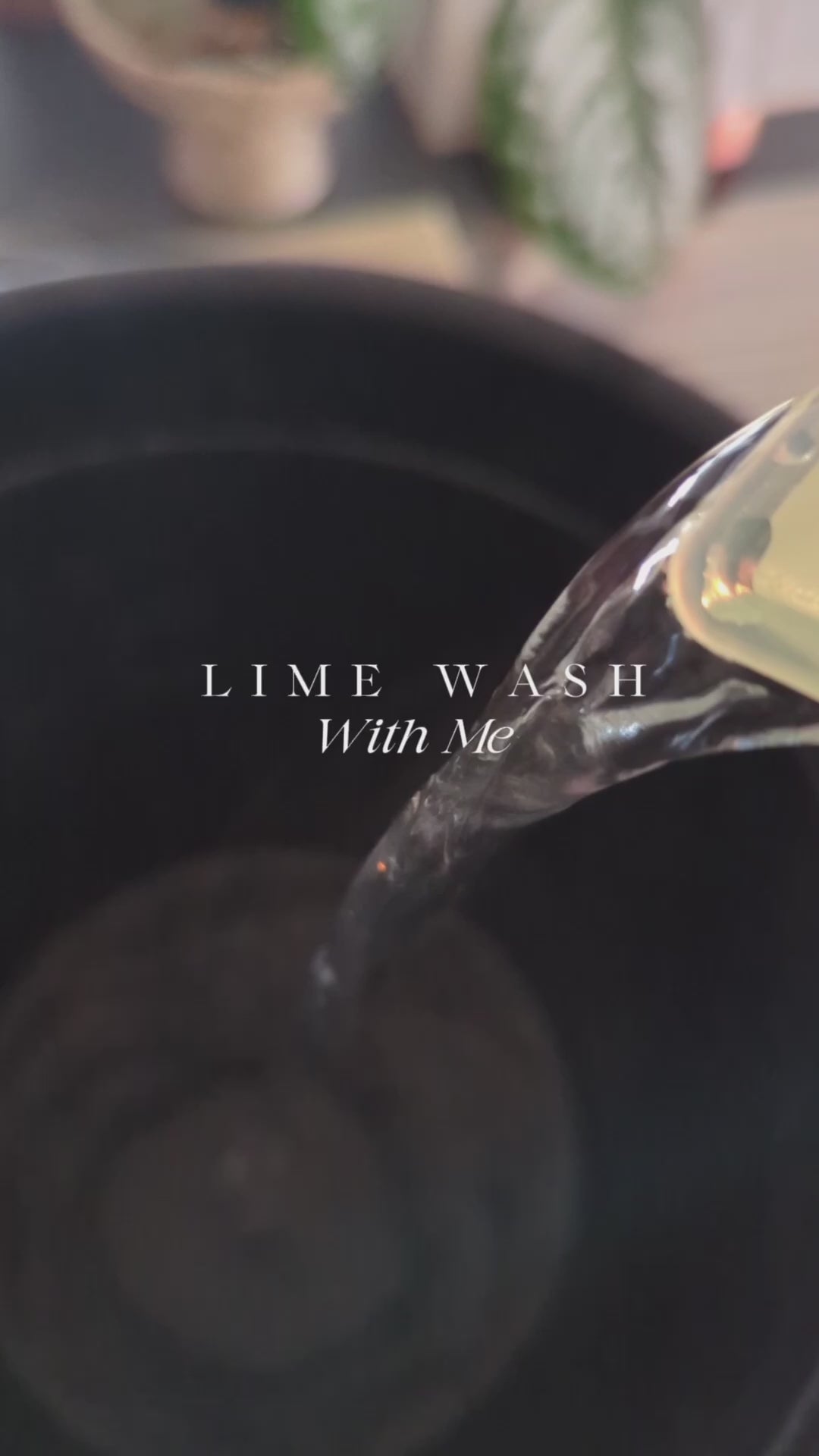
Step 1: Water
To mix the full bag: Add 3L of hot tap water (~50 °C) to a bucket. Do not use boiling or cold water, as this can make the paint grainy. This ratio produces a smooth finish with subtle variation; use slightly less water for a more textured look.
To mix a smaller batch: Use 1L of hot water per 520 g of powder. Aim for a consistency like whole milk — this may vary with ambient temperature and humidity. If too thick, add a little more water.
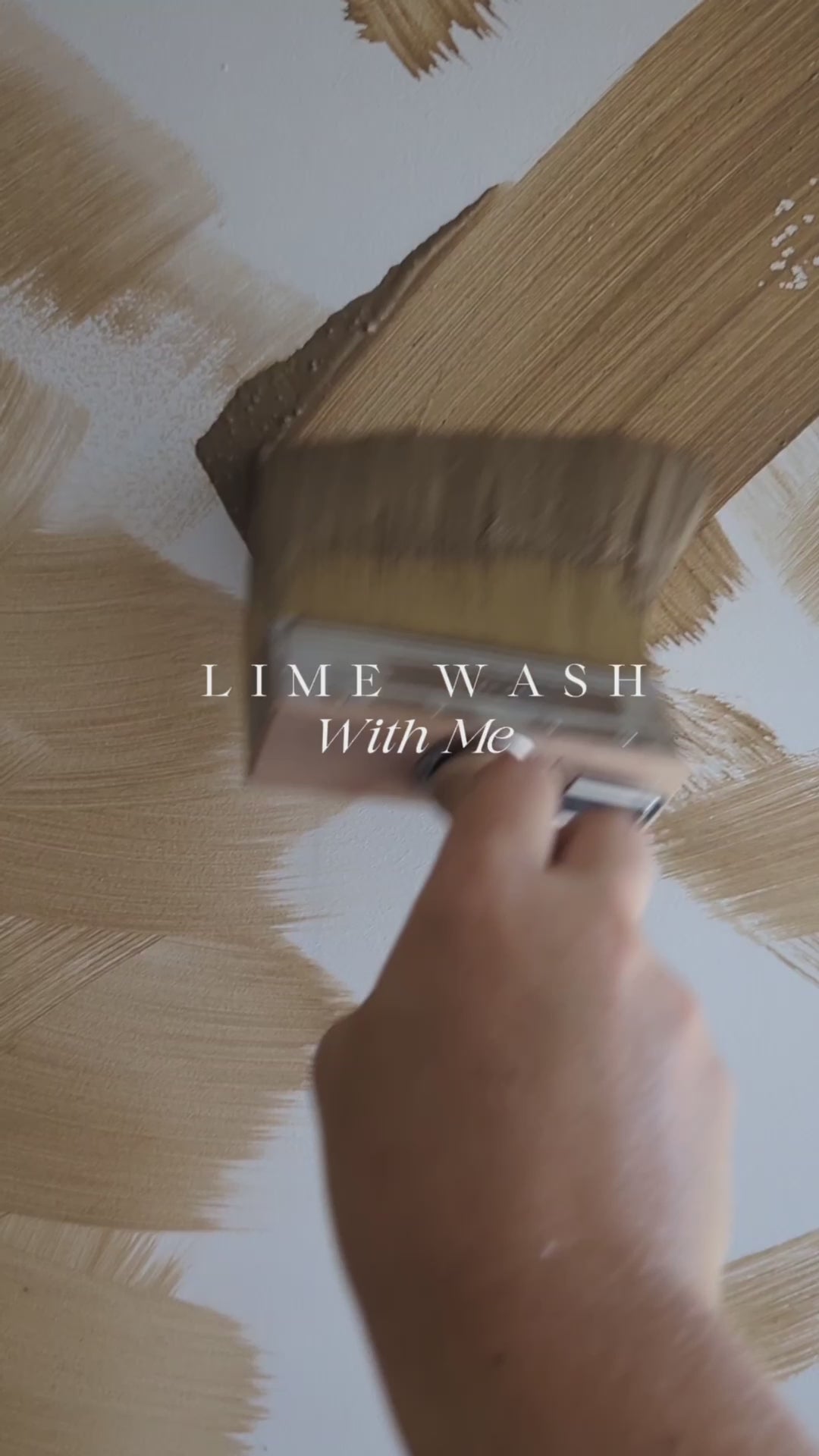
Step 3: Paint
Apply to primed walls with a block brush in criss-cross strokes. The colour will lighten substantially as it dries.
Wait 3–4 hours before the second coat. Between coats, cover leftover paint and store in a cool, dark place. If it thickens, add water and stir again.
Note: A slightly chalky feel (up to two weeks) is normal and part of the natural curing process. We recommend Dalray Limewash Primer to reduce chalkiness.
Priming & surface compatibility
The appearance of our limewash paint may vary depending on the surface, lighting, and primer used. Subtle differences in colour or a slightly powdery texture are a natural characteristic of limewash. See below a list of compatible surfaces and whether they require primer. If a surface requires primer, please do not skip the priming stage as your limewash will have different results.
Recommended primers
✔ Our limewash is compatible with a range of mineral and water-based primers, however for the best finish, we recommend Dalray Limewash Primer. Dalray Limewash Primer has been developed specifically to provide a breathable and strong foundation for limewash. It is free of synthetic binders and VOCs and compatible with a range of interior and exterior surfaces.
✘ We do not recommend oil-based primers, primers with stronger sealing properties or glossy primers as these provide a less adhesive surface, restrict airflow and may alter the end finish of your limewash.
Dalray Limewash Primer
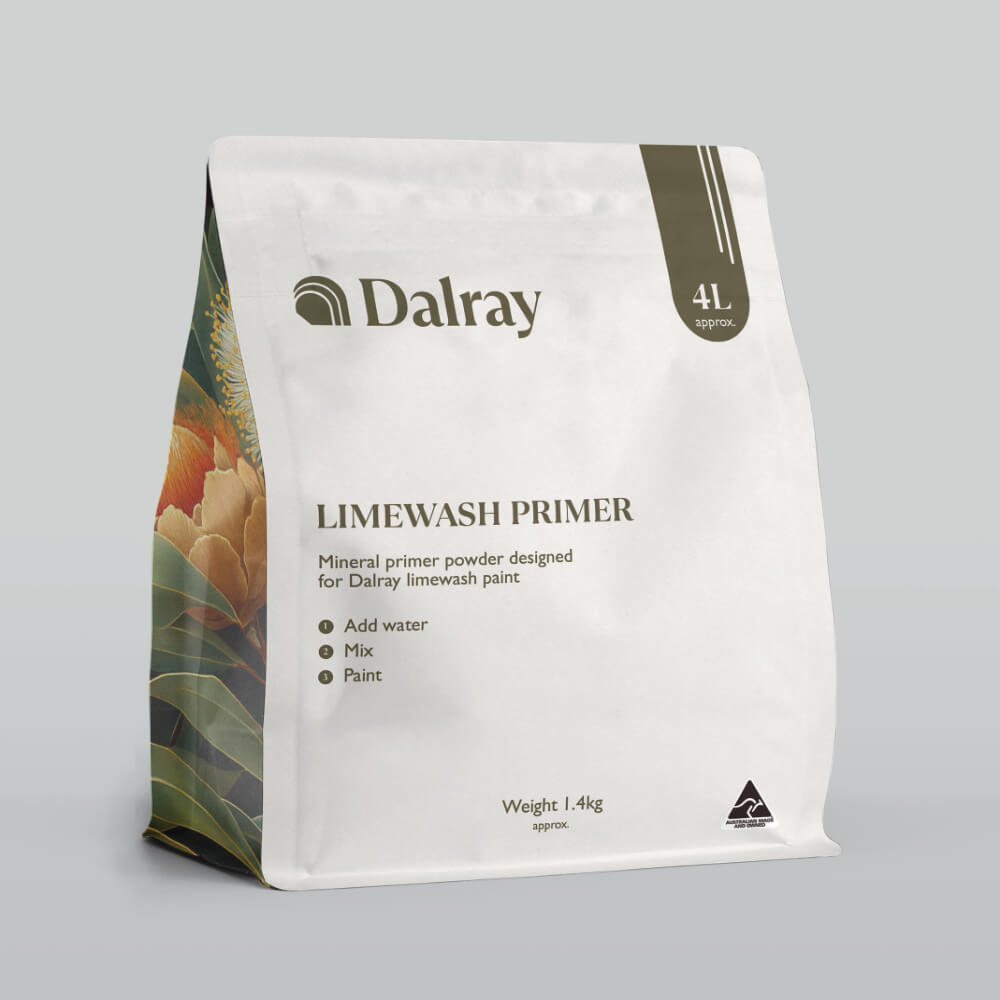
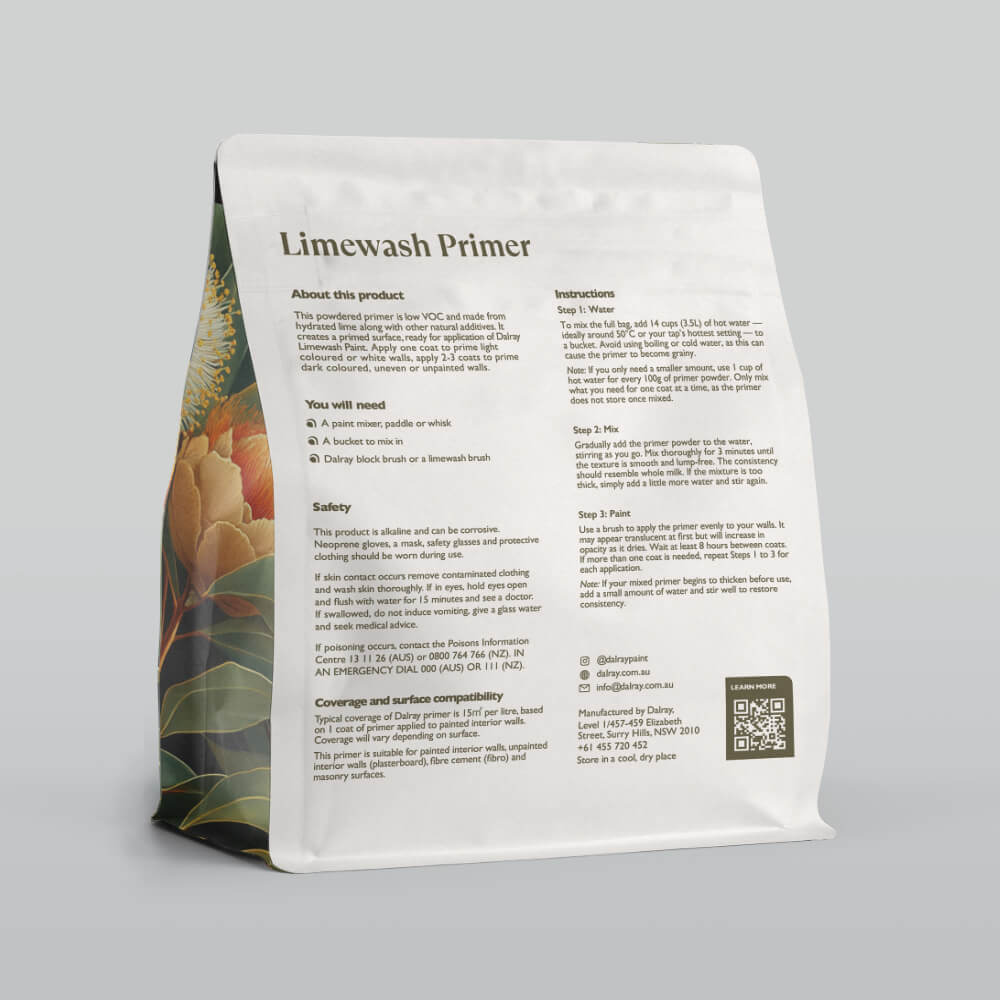
Important information
Safety
As a lime-based product, Limewash is highly alkaline during mixing and while wet. It is recommended to wear a face mask and safety glasses during application. If skin comes in contact with Limewash paint and causes irritation, rinse with water. If Limewash Paint gets into your eyes, flush your eyes with water or an eyewash.
Tools
A bucket, kitchen whisk or mixing paddle and a block brush are necessary tools for the application of Limewash. Limewash application using a paint roller or paint sprayer is not recommended. Paint rollers create lap lines and roller marks which compromise the aesthetic of a Limewash Finish. Limewash will clog a paint sprayer.
Coverage
Typical coverage of Dalray paint is 7.5-10㎡ per litre, based on 2 coats of paint.
When our full sized product is mixed with 2.6L of water, it forms approximately 4 litres of limewash paint which is enough to cover about 30-40㎡ of primed wall with two coats. In other words, our 1.4kg product should be enough paint to cover an average sized bedroom (approximately).
Coverage for brick and render will be lower due to the porosity and absorbancy of those surfaces.
